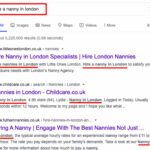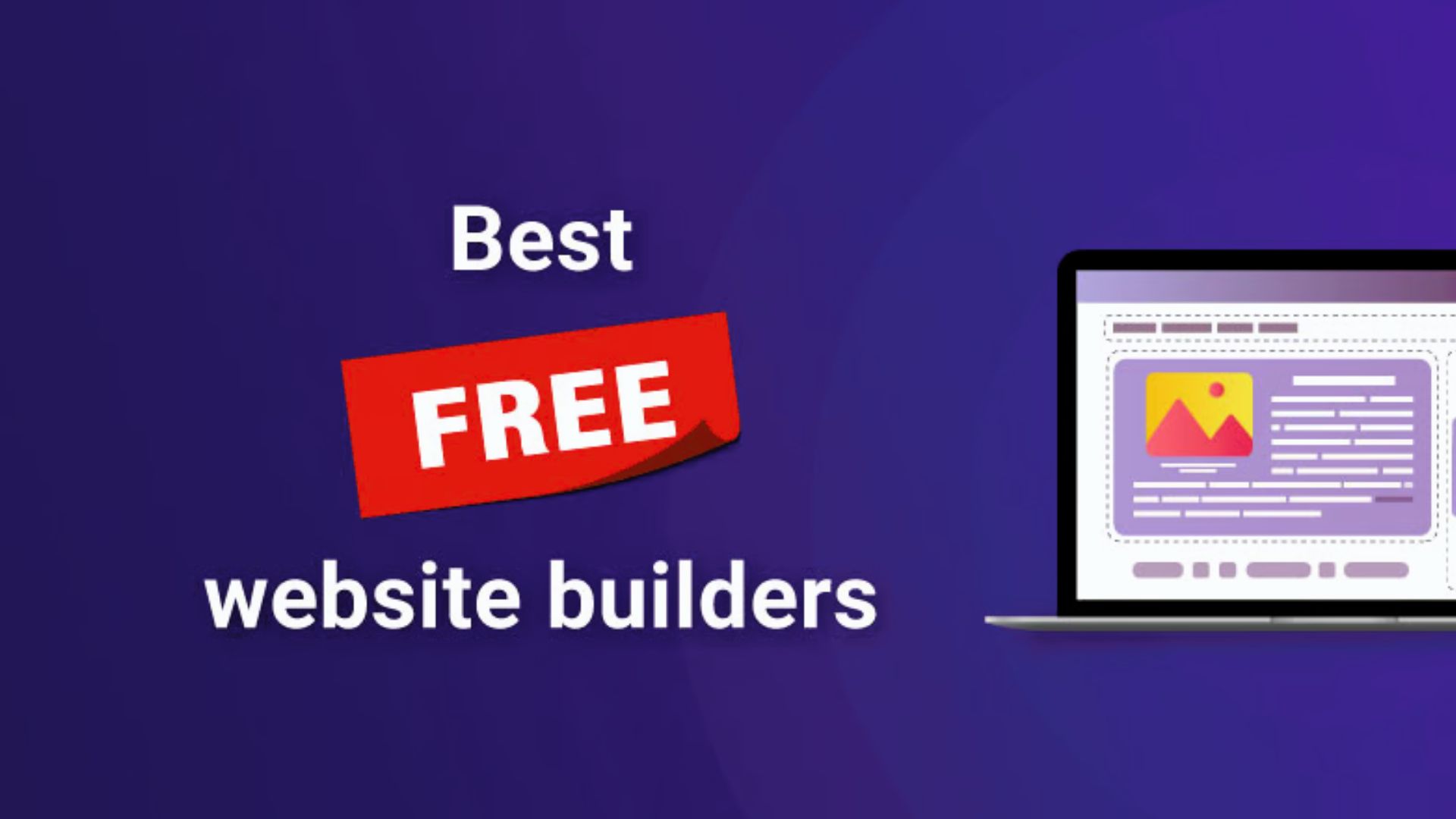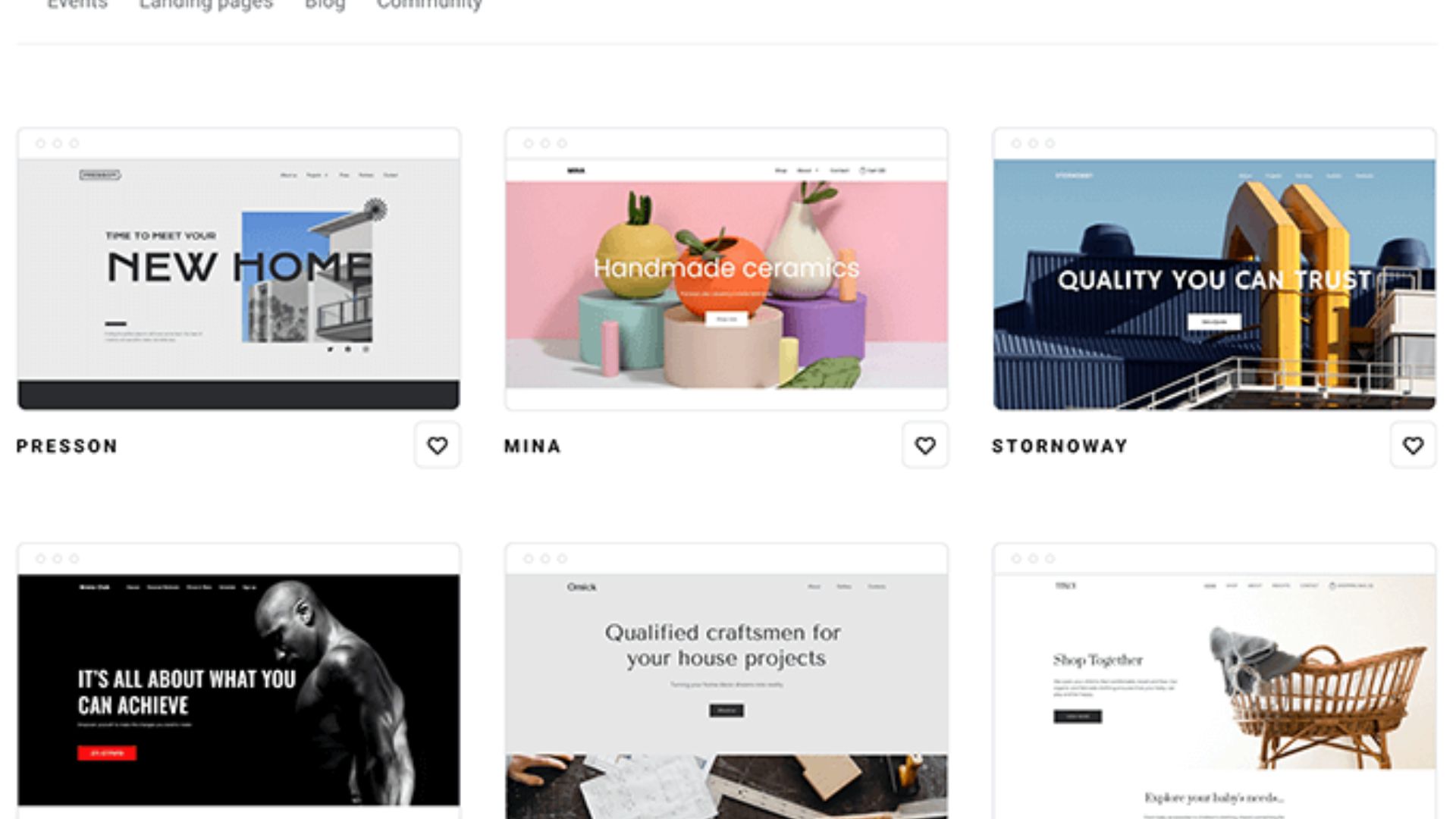Designing an engaging blog layout for content-rich websites is crucial to attracting and retaining readers. Here are some tips to help you create an engaging blog layout:
- Clear and Scannable Headings: Use clear and descriptive headings to break up your content and make it easy for readers to scan and navigate. Headings help readers quickly identify the sections or topics that interest them.
- Eye-Catching Featured Images: Incorporate high-quality and visually appealing featured images for each blog post. These images can help draw readers’ attention and convey the essence of the content. Use images that are relevant and engaging to capture readers’ interest.
- Thoughtful Content Organization: Organize your content in a logical and structured manner. Use subheadings, bullet points, and numbered lists to break down complex information and make it more digestible.
- Ample White Space: Use white space strategically to give your blog layout a clean and uncluttered appearance. White space helps balance the content, enhances readability, and keeps readers focused on the key elements.
- Clear Typography: Choose a legible font and an appropriate font size for your blog posts. Ensure that the text color contrasts well with the background to enhance readability. Consistency in typography throughout your blog creates a cohesive and professional look.
- Easy-to-Use Navigation: Ensure that your blog layout includes clear and user-friendly navigation. Users should be able to easily find related articles, popular posts, or categories they are interested in. A well-structured and intuitive navigation menu improves the overall user experience and encourages readers to explore more content.
- Related and Recommended Posts: Showcase related or recommended posts at the end of each blog post. This encourages readers to discover more content on your website, increasing engagement and reducing bounce rates. Use plugins or manual selection to highlight articles that are relevant and complementary to the current post.
- Interactive Elements: Incorporate interactive elements such as social sharing buttons, comment sections, and calls-to-action to encourage reader engagement. This allows readers to interact with your content, share it with others, and leave comments or feedback.
- Mobile Responsiveness: Ensure your blog layout is responsive and optimized for mobile devices. With the increasing use of smartphones and tablets, it’s imperative that your blog is accessible and readable on various screen sizes.
- Consistent Branding: Maintain consistency in your branding elements, including logo placement, color scheme, and visual style. A consistent brand identity across your blog layout helps build recognition and trust with your readers.
Remember to regularly evaluate and analyze the performance of your blog layout. Use analytics to track user behavior, identify popular content, and gather feedback to continuously improve the user experience and engagement with your blog.










